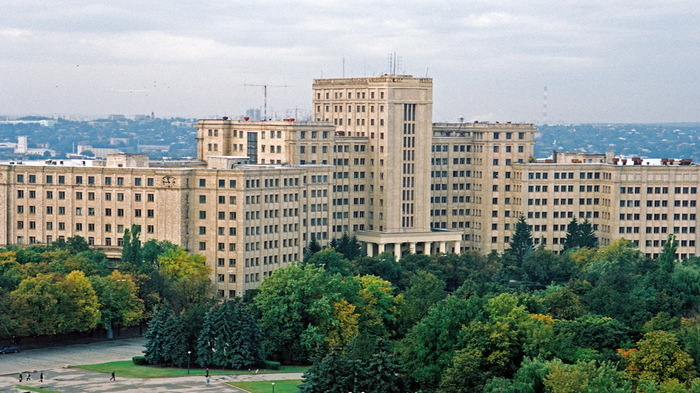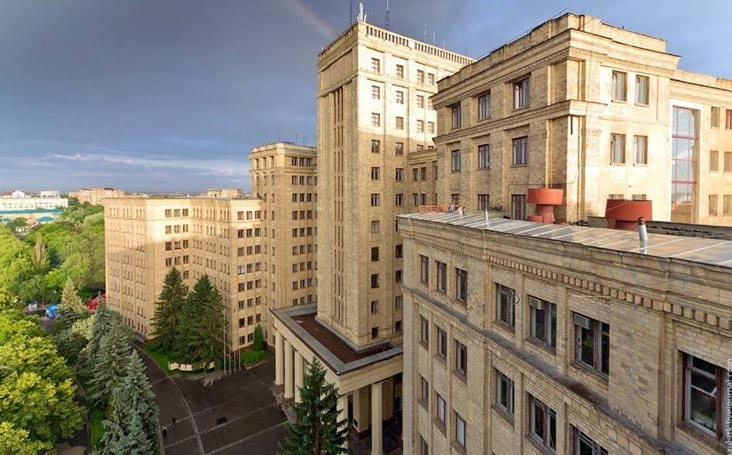V. N. Karazin Kharkiv National University

The V.N. Karazin Kharkiv National University was created in November 1804 as the Kharkiv University, thanks to the efforts of notable Ukrainian scholar Vasily Karazin, after whom the university is called. It is one of Eastern Europe's oldest higher education institutions, and Ukraine's second oldest after the University of Lviv. The university now contains 125 departments in 20 schools, as well as an Institute of High Technologies, which includes the Schools of Physics and Technology, Computer Science, and Energy Physics.
The Main Building, the Northern Building, the Central Scientific Building, and the Students' Campus make up the V.N. Karazin Kharkiv National University. The university also houses three research institutes, a botanical garden, the University History Museum, the Museum of Natural History, and the Museum of Archaeology and Ethnography, as well as the University History Museum, the Museum of Natural History, and the Museum of Archaeology and Ethnography.
It is Ukraine's only university to have trained and employed three Nobel Laureates. Elie Mechnikov was awarded the Nobel Prize for Medicine in 1908, and he completed his four-year degree at V.N. Karazin Kharkiv National University in just two years. Between 1932 and 1937, Lev Landau lectured at the institution and was awarded the Nobel Prize in Physics in 1962. Simon Kuznets, who received the Nobel Prize in Economic Sciences in 1971, was the final Nobel Laureate who attended the university.
Established: 1804
Location: Kharkiv, Ukraine











